|
Bleed marks and crop marks are a printing term.
A good logo is a simple, distinctive, practical graphic and/or type treatment. We try to follow the below when creating a logo:
What does all this mean?
It's important for us to know how you plan on printing your project, prior to us starting. We'll need to covert images saved in RGB mode to CMYK for any print projects. If you have a specific brand color that your original designer and you selected, please let us know that pantone # at the beginning of your project. Straight from the United States Copyright Office - We found the below to be some of the most FAQs. See the full list here.
What is copyright? Copyright is a form of protection grounded in the U.S. Constitution and granted by law for original works of authorship fixed in a tangible medium of expression. Copyright covers both published and unpublished works. What does copyright protect? Copyright, a form of intellectual property law, protects original works of authorship including literary, dramatic, musical, and artistic works, such as poetry, novels, movies, songs, computer software, and architecture. Copyright does not protect facts, ideas, systems, or methods of operation, although it may protect the way these things are expressed. See Circular 1, Copyright Basics, section "What Works Are Protected." How is a copyright different from a patent or a trademark? Copyright protects original works of authorship, while a patent protects inventions or discoveries. Ideas and discoveries are not protected by the copyright law, although the way in which they are expressed may be. A trademark protects words, phrases, symbols, or designs identifying the source of the goods or services of one party and distinguishing them from those of others. When is my work protected? Your work is under copyright protection the moment it is created and fixed in a tangible form that it is perceptible either directly or with the aid of a machine or device. Do I have to register with your office to be protected? No. In general, registration is voluntary. Copyright exists from the moment the work is created. You will have to register, however, if you wish to bring a lawsuit for infringement of a U.S. work. See Circular 1, Copyright Basics, section “Copyright Registration.” Why should I register my work if copyright protection is automatic? Registration is recommended for a number of reasons. Many choose to register their works because they wish to have the facts of their copyright on the public record and have a certificate of registration. Registered works may be eligible for statutory damages and attorney's fees in successful litigation. Finally, if registration occurs within five years of publication, it is considered prima facie evidence in a court of law. See Circular 1, Copyright Basics, section “Copyright Registration” and Circular 38b, Highlights of Copyright Amendments Contained in the Uruguay Round Agreements Act (URAA), on non-U.S. works. If you’re confused over the difference between the many image file types, you’re not alone. When starting off a project, one of the first things we request from the client is a vector file of their logo (if we haven't created it for you of course). Here are some of the terms you may here us use throughout our design project:
.ai Adobe Illustrator Default file type of Illustrator, a popular vector-based program .eps Encapsulated PostScript Vector file which can be opened outside of Illustrator .pdf Portable Document Format Self-contained document which preserves vector images as well as fonts or graphics needed to display correctly .jpg Joint Photographic Experts Group Sometimes displayed as .jpeg—this raster image format is best for displaying photographic images on web browsers .gif Graphics Interchange Format Raster image format best for simple images made up of solid colors with no gradients .png Portable Network Graphics Raster image format best for displaying simple images, supports transparency .tif Tagged Image File Format Raster image format best for high-resolution photos Sited: modassic marketing If you're located in the San Diego area and looking for spot on (high-end) printed materials, we recommend several offset printers that produce beautiful materials. Please inquire for a print quote. If you're looking for something affordable, yet still good quality-try one of the following:
Resolution is also known as dpi (dots per inch) or ppi (pixels per inch) - And, YES! It matters.
In print - You want images to be around 350dpi, in order to print a crisp clear picture. The files size should be roughly 1-2MB. You should be able to find this information, but right clicking the image file and looking at properties.
Every colour, including black and white, has implications for logo design. To keep things simple, here's what we think: Bright and bold colours are attention-grabbing but can appear brash. Muted tones convey a more sophisticated image. Here are a few other break downs of color theory.
Sited: Martin Christie of Logo Design London There is a lot of online discussions recently about the difference between a brand vs. a logo. Every designer or agency may have different views, but here's how we've broken it down to best understand:
|
Design BlogOur design blog is a collaboration of recent work, inspiration, resources and some days - just awesome fun stuff. Categories
All
|

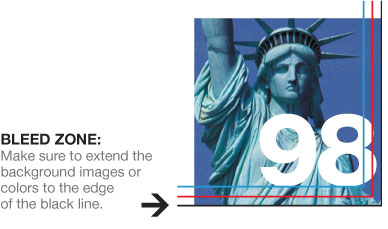
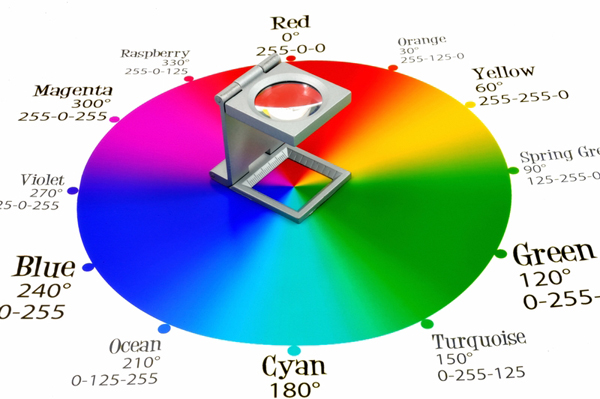
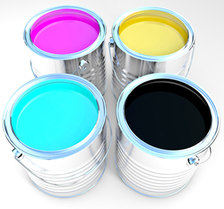
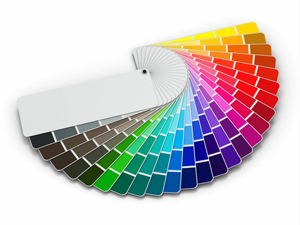
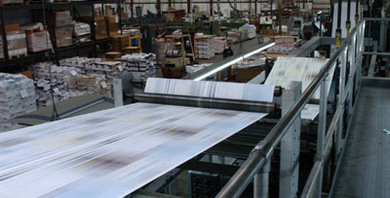
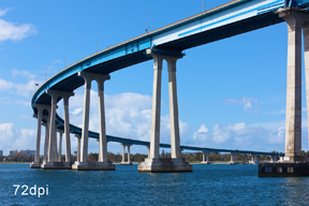
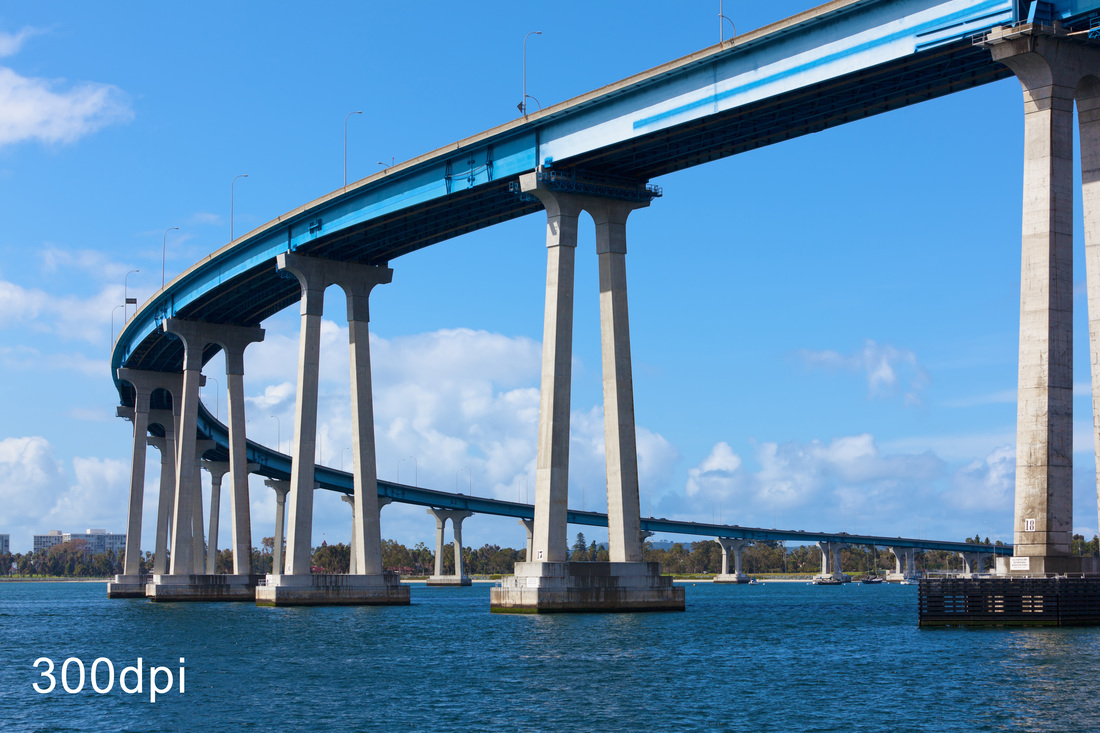
 RSS Feed
RSS Feed